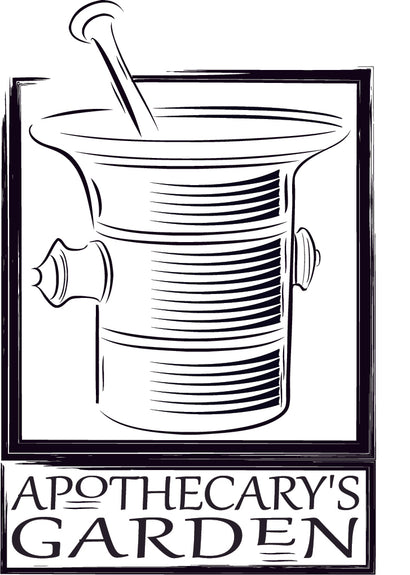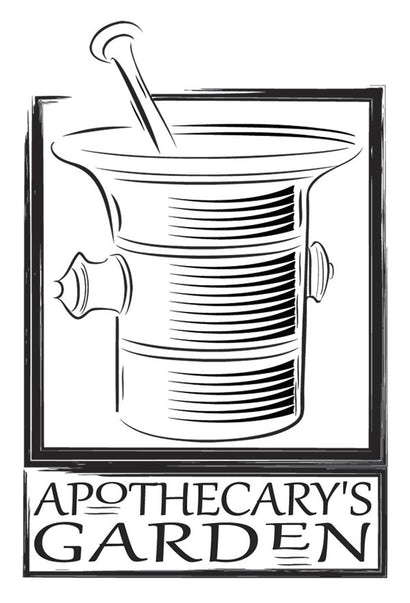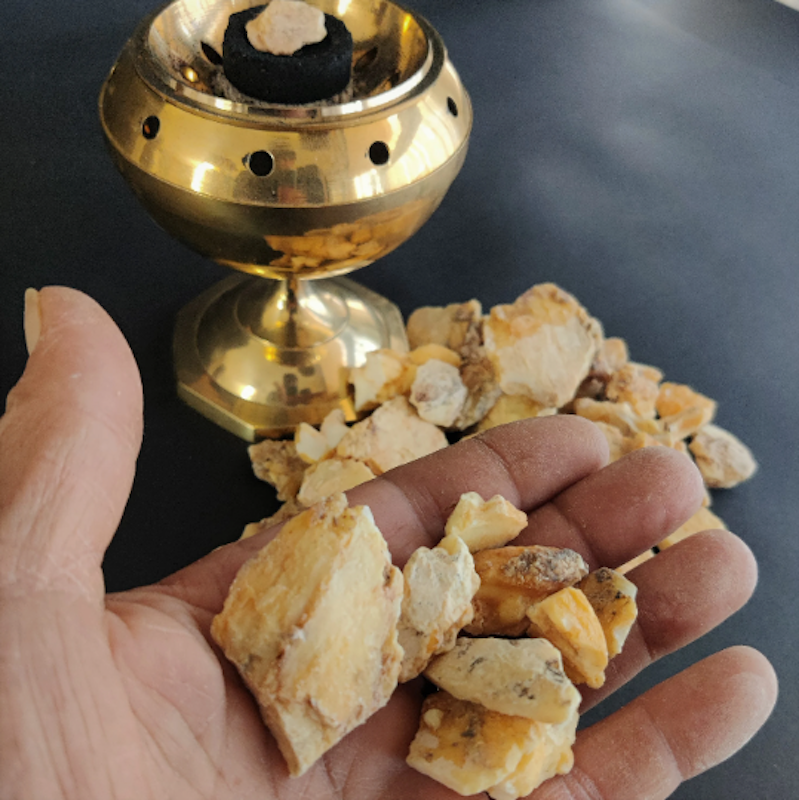
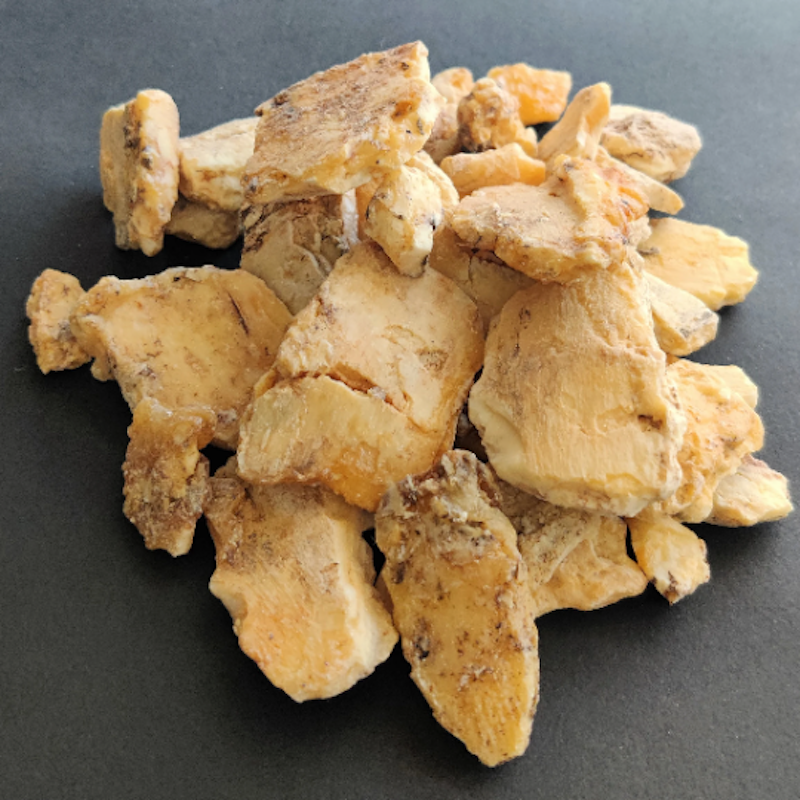
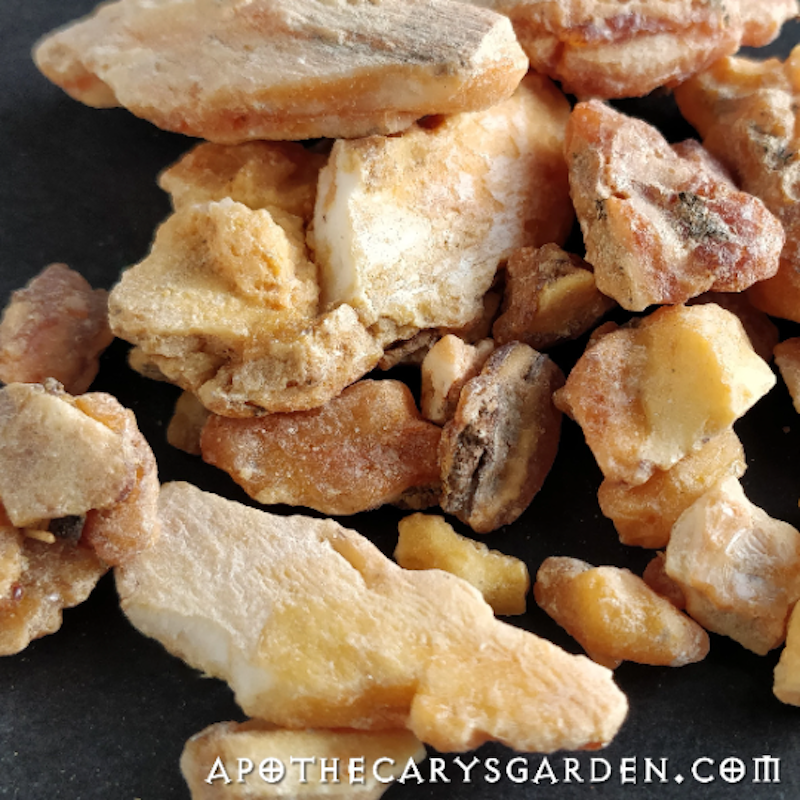
Benzoin Siam powder
This is the listing for the Premium Grade A+ Benzoin Siam powder which we grind in-house when needed so it is always fresh and fragrant.
It has a rich, sweet, balsamic scent of Vanilla with hints of bitter almond.. It is distinguished from its cousin, Sumatra Benzoin by this enchanting Vanilla scent.
It dissolves easily in alcohol, DPG and Benzyl Benzoate when preparing tinctures, resinoids and absolutes. truly a pleasure to work with. In Amber accords, Siam Benzoin adds more depth and complexity than Sumatra Benzoin.
There are two species of trees that provide us with most of our Benzoin products.
-Styrax Benzoin from Sumatra and Indonesia (called kemanya locally),
-and Styrax Tonkinesis from Thailand and Laos which bears the name Siam Benzoin.
The name Benzoin is believed to have developed through centuries of intercultural "Broken Telephone", much like the children's game that involves whispering a word or phrase to the person next to you and comparing it with what the last person in the line claims they heard.
When Islam came to Indonesia 700 years ago, it was discovered that the native tribes tapped a tree to for its aromatic resin much like the Frankincense trees back home. This resin was not only fragrant, used for incense and medicine, but it came out of the tree white, just like the Luban or Frankincense of the Arabian cultures back home. Thus, it was awarded the Arabic name of Luban Jawi, or Frankincense of Java. (Luban is the Arabic name of Frankincense, Luban in Arabic and Levonah in Hebrew both share the same root word which means "White".)
When the French encountered this Balsamic resin its name morphed to something more pleasing to the Francophone ear, La Benjawi and later L'Benjoin or Benjoin. The English did not like the ring of it so they renamed it Gum Benjamin or just Benjamin.
In Ethiopia Benzoin is still called Lubanjah and one finds many variations on the theme when travelling such as Benjawi, Lubanji Lubanya etc..
Siam Benzoin is collected by making an incision in the tree and bruising the bark around it. This creates a pocket that collects the liquid resin and holds it in place until it solidifies.
Benzoin is traditional medicine in many cultures and included in Western Pharmacopea.
As an incense, Siam benzoin yields a dense Vanilla-sweet smoke when burned and is usually blended with other incense ingredients. It is a component in traditional incense formulas of the Orthodox Church and is often found in the "Rock" type Arabian Bakhour bricks. It is used extensively as a flavour ingredient in food, confection, beverages and tobacco products
It is used in perfumery for its vanilla-like scent and fixative properties and is considered an important ingredient in Oriental style perfumes and Amber accords.
Raw Benzoin resin dissolves completely in Ethanol but not fixed/carrier oils which can be frustrating. It does dissolve however in Benzyl Benzoate, ( a compound found in abundance in Benzoin resin), which can facilitate blending with carrier oils.
Due to its high Benzoic acid content, Benzoin Siam acts as a preservative and is a common addition to infused oils, salves and other products. The presence of Benzoic acid retards oxidization and delays rancidity in these oils, extending their shelf life.
From an aromatherapeutic perspective, Siam Benzoin is calming, grounding, uplifting and helps alleviate feelings of anxiety and depression.
In traditional Chinese medicine, the Benzoin resin family is named An Xi Xiang meaning "The peaceful rest fragrance".
Siam Benzoin trees are traditionally cultivated by families and smallholders, not in large corporate plantations which keeps this resin sustainable.
The main chemical constituents of Siam benzoin are Coniferyl Benzoate, Benzoic Acid, Vanillin, Benzyl Cinnamate, Cinnamyl Cinnamate and Cinnamic Acid.
Though used traditionally for its skin healing properties, in excess, Benzoin can cause sensitization. Use Benzoin products well-diluted and with moderation.
Dan
Materials: Siam benzoin, Styrax Tonkinesis, Gum benjamin, Benzoin.
